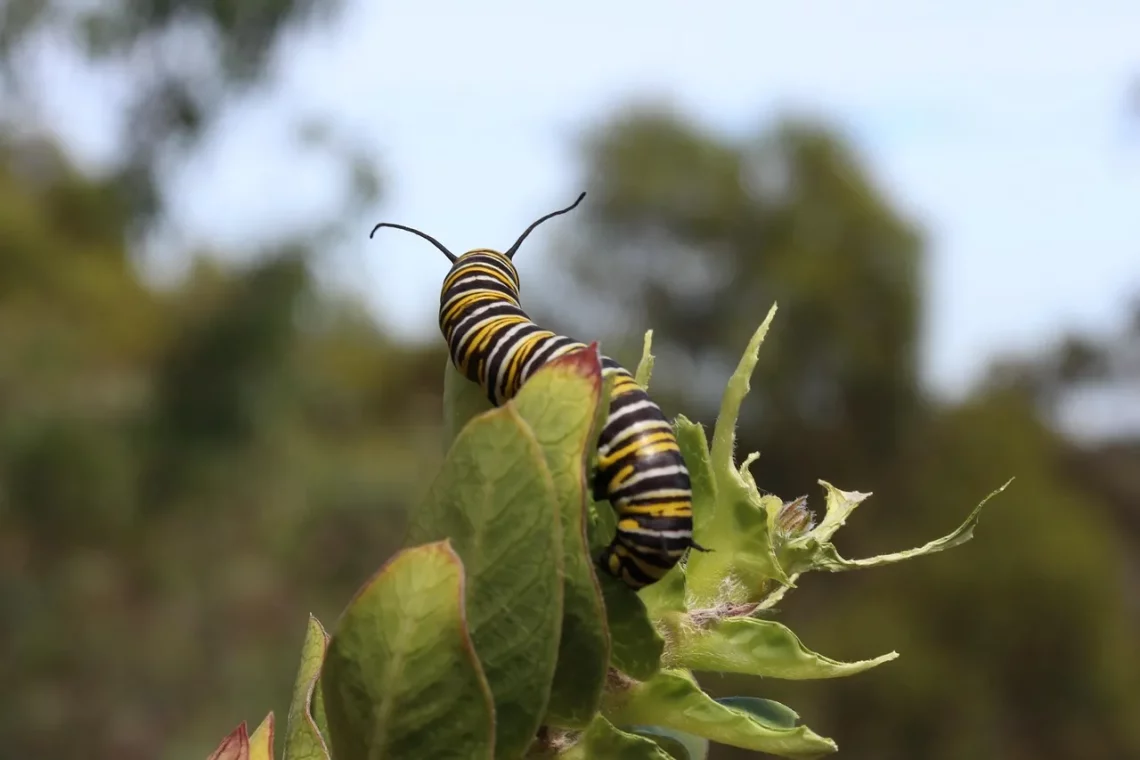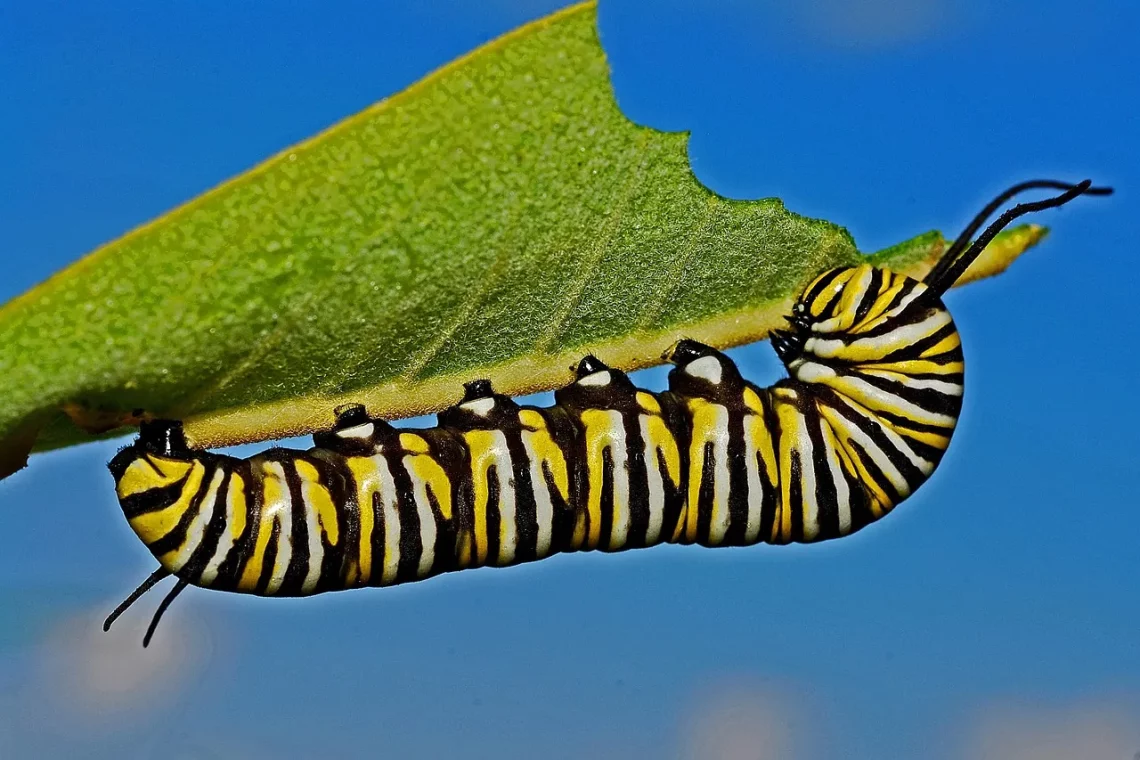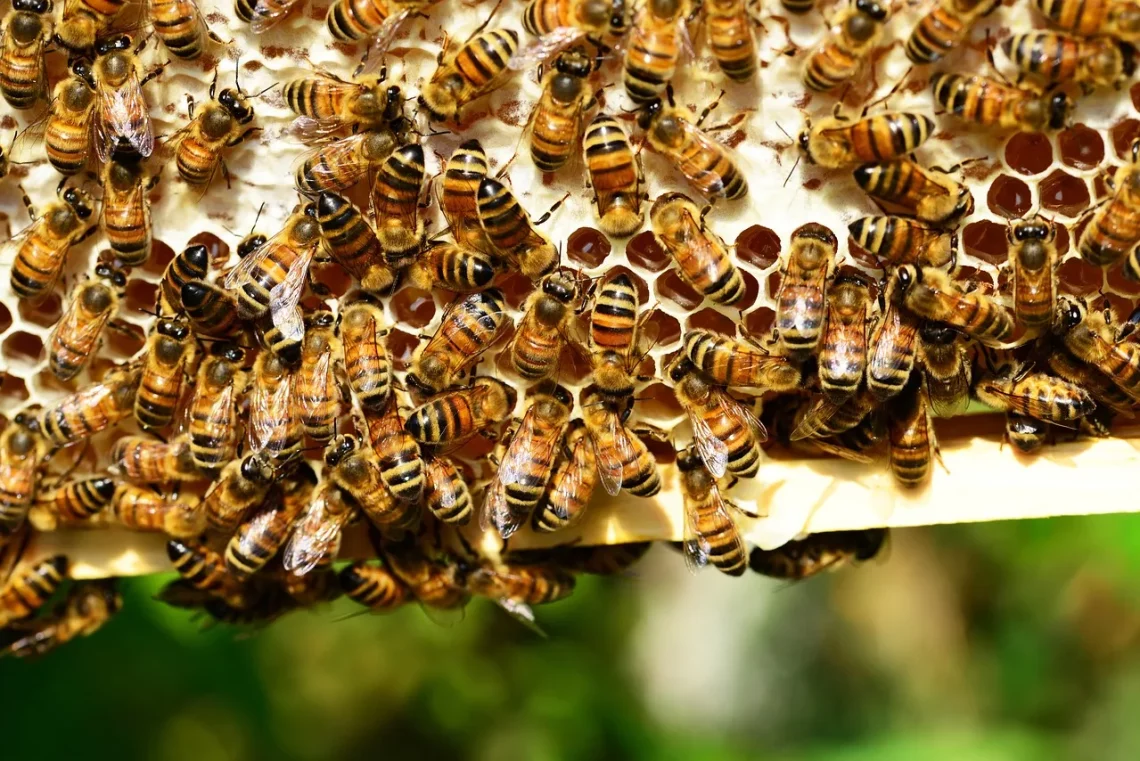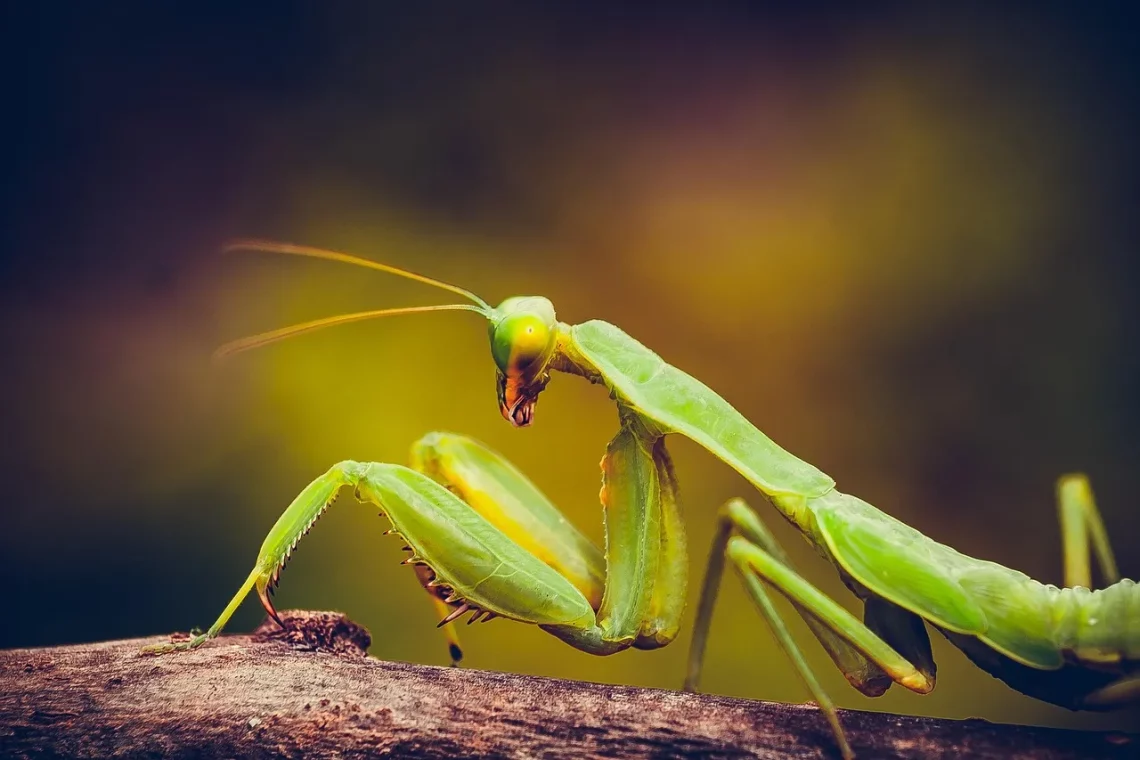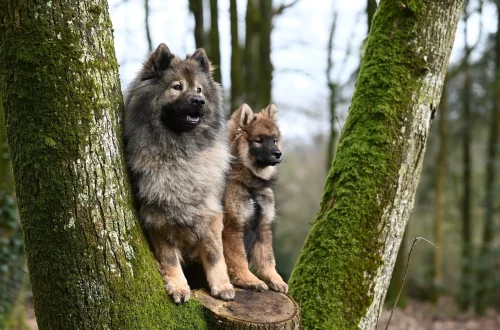-
The Fascinating Life Cycle of the Pumpkin Caterpillar Explained
The fascinating life cycle of the pumpkin caterpillar is a subject that captivates both entomologists and nature enthusiasts alike. This remarkable insect, scientifically known as the Cucullia convexipennis, is closely associated with the pumpkin plant and is a key player in the ecosystem. Understanding its life cycle not only enlightens us about this specific caterpillar but also sheds light on the broader ecological relationships that exist within our gardens and agricultural lands. From egg to adult, the pumpkin caterpillar undergoes a series of transformative stages that illustrate the complexity of nature’s design. Each phase of its life is intricately linked to environmental factors such as temperature, humidity, and the availability…
-
The Fascinating Life Cycle of the Pumpkin Caterpillar Explained
The pumpkin caterpillar, known scientifically as the *Cucullia convexipennis*, is a fascinating creature that captivates both entomologists and garden enthusiasts alike. This unique insect is often associated with the fall season, particularly due to its connection with pumpkins and other gourds. As an essential part of the ecosystem, the pumpkin caterpillar plays a significant role in the food chain, serving as both a pollinator and a food source for various birds and other predators. Its life cycle is a remarkable journey of transformation and adaptation that not only highlights the beauty of nature but also serves as a reminder of the delicate balance within ecosystems. Understanding the pumpkin caterpillar’s life…
-
Do Bees Really Have the Ability to Smell Fear in Humans?
Bees are fascinating creatures that play a crucial role in our ecosystem. They are often associated with honey production, pollination, and biodiversity. However, the intricate behaviors and capabilities of bees extend far beyond these well-known functions. Among the many myths and misconceptions surrounding these insects, one of the most intriguing is the idea that bees can smell fear in humans. This notion raises questions about the sensory capabilities of bees and how they interact with their environment, including humans. The relationship between bees and humans is complex; while bees are generally not aggressive and will only sting when they feel threatened, the perception of fear can alter their behavior. This…
-
The Fascinating World of Bug Poop: Nature’s Tiny Treasures
The natural world is filled with wonders, many of which remain hidden in plain sight. Among these marvels are the often-overlooked excretions of insects, commonly referred to as bug poop. While the thought of insect droppings may not evoke feelings of fascination, these tiny treasures play a surprisingly vital role in our ecosystems. They are not simply waste products; rather, they are intricate components of nutrient cycles, seed dispersal, and even soil health. The study of insect feces offers insights into the behaviors and interactions of various species, revealing a complex web of life that thrives beneath our feet. Insects are among the most diverse organisms on the planet, and…
-
The Fascinating World of Oil Pheromones and Their Impact on Nature
The intricate relationships within ecosystems often hinge on subtle, chemical cues that dictate behavior, communication, and survival. Among these chemical signals, pheromones play a pivotal role, acting as nature’s silent messengers. They facilitate interactions among members of the same species, guiding everything from mating rituals to territorial disputes. In the vast tapestry of chemical communication, oil pheromones stand out due to their unique properties and functions. Oil pheromones are not just limited to the animal kingdom; they extend their influence to plants and microorganisms, creating a complex web of interactions that sustain ecosystems. These pheromones, often volatile and aromatically rich, can be released by various organisms, including insects, mammals, and…
-
Exploring the Diet of the Red Eyed Tree Frog: What Do They Eat?
The Red Eyed Tree Frog, known for its vibrant green body and striking red eyes, is one of the most iconic amphibians found in Central and South America. These fascinating creatures are not only visually captivating but also play a critical role in their ecosystems. As nocturnal hunters, they exhibit a range of intriguing behaviors and adaptations that allow them to thrive in their natural habitats. The lush, humid rainforests and wetlands where they reside provide an abundance of food sources that support their dietary needs. Understanding the diet of the Red Eyed Tree Frog is essential for appreciating its ecological role and conservation status. These frogs primarily consume a…
-
Understanding Mantis Egg Cases: Nature’s Intriguing Survival Strategy
The natural world is filled with remarkable strategies and adaptations that ensure the survival of various species. Among these are the fascinating egg cases of the mantis, a creature that has captivated the interest of entomologists and nature enthusiasts alike. These structures, often referred to as oothecae, serve as protective capsules for the mantis eggs, showcasing the intricate relationship between organisms and their environments. The design and functionality of these egg cases not only speak to the resilience of the mantis but also highlight broader themes of survival in the animal kingdom. The mantis, often recognized for its predatory prowess and unique physique, employs these egg cases as a crucial…
-
Do Fleas Live in Grass? Understanding Their Natural Habitat
Fleas are small, wingless insects that thrive in a variety of environments, often causing discomfort for pets and their owners alike. These parasites are notorious for their ability to reproduce quickly and their resilience in harsh conditions. Understanding where fleas live and how they survive is crucial for effective pest control and prevention. One common question that arises is whether fleas inhabit grass, as this is a common area where pets roam and play. Fleas can be found in many outdoor settings, and their life cycle and habitat preferences play a significant role in where they thrive. In this article, we will explore the natural habitat of fleas, the conditions…
